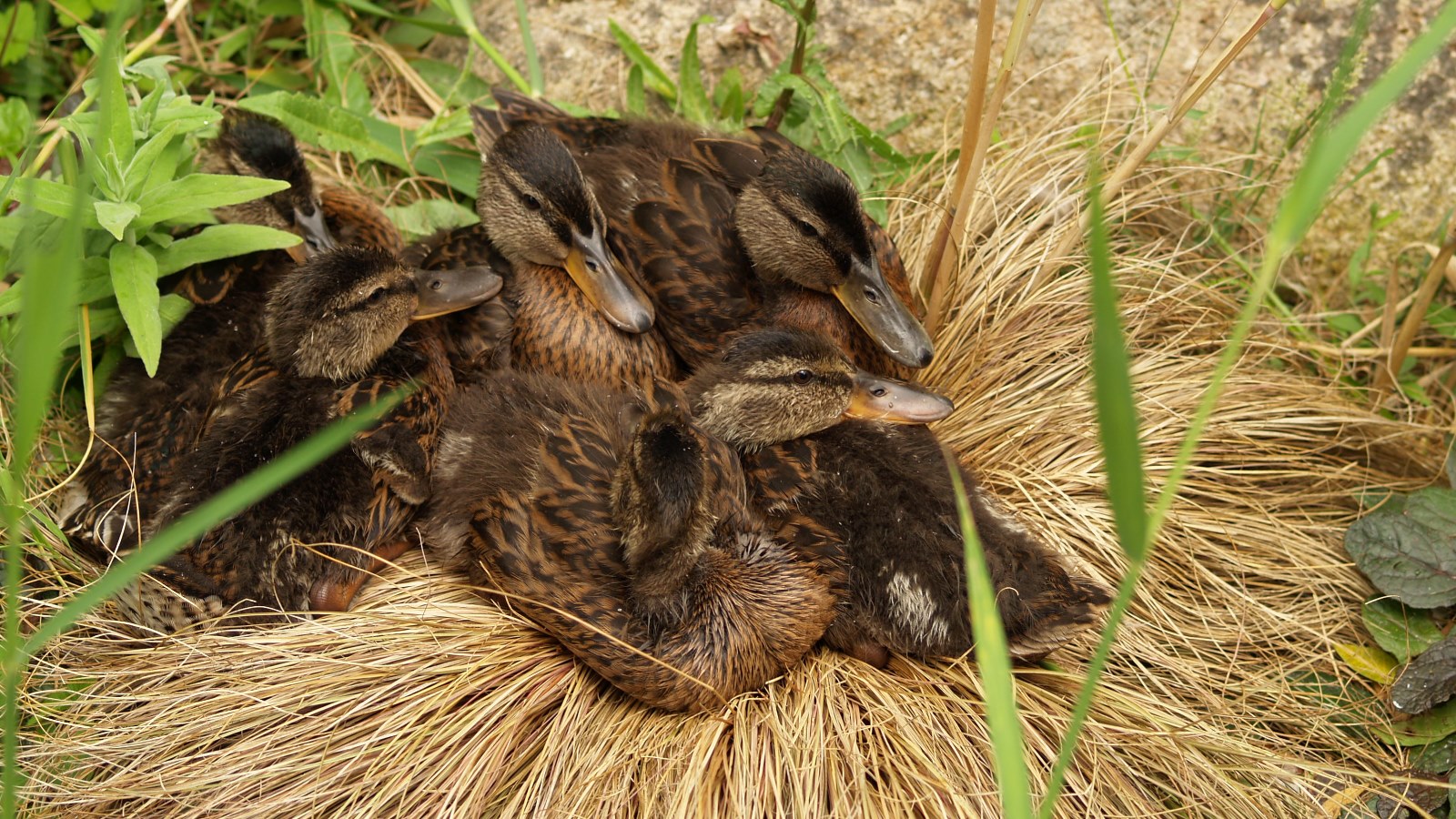Five nests to discover in the Garden in March and April
A naturalist in the Gulbenkian Garden
At this time of year the world of birds is a busy and bustling place. They have to choose a territory, defend it from rivals, find a partner and build a nest. There is a lot to do before the chicks arrive and there are several strategies used by the different species of birds that live in gardens. In general, three questions need to be answered when building a nest: what materials to use, where to build, and what shape to give it.
Here are five species that you can observe at this time of year in the garden. If you’re lucky, you will be able to see birds flying by, carrying the material to build their nests in their beaks. And if you can find the nests, usually well camouflaged in the vegetation, then you are a true detective!
The Eurasian wren
Troglodytes troglodytes
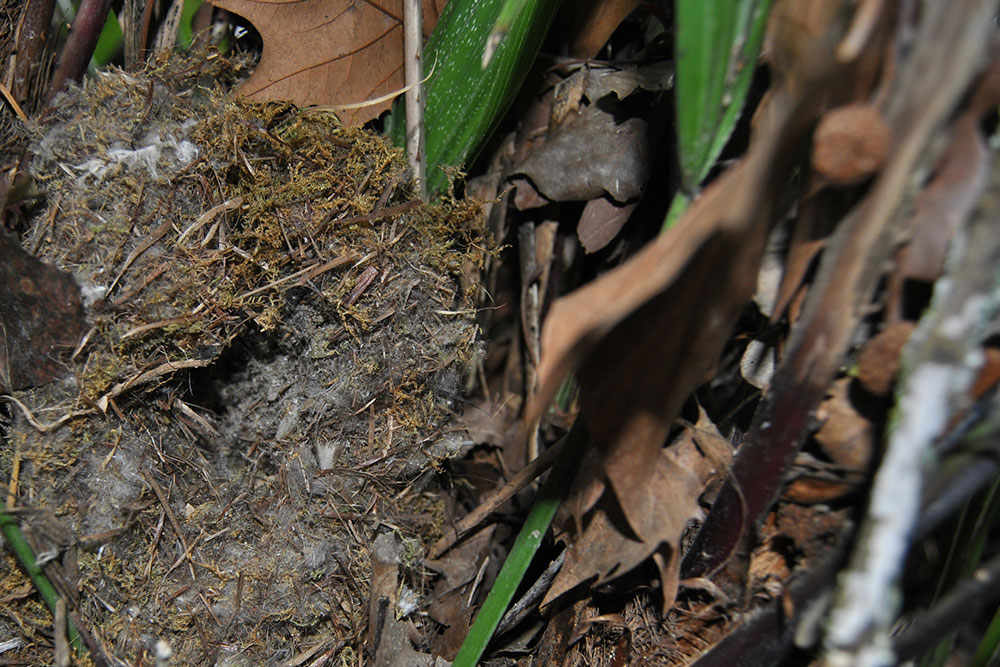
With its brownish tones, this is one of the smallest birds in Portugal. Its nests are tiny, ball-shaped and made of moss, feathers and dried leaves and twigs. The males build several very well hidden nests in hedges, bushes and natural or artificial cavities in the hope that one of them will be chosen by a female.
Breeding period: Early March to July
Number of eggs (per clutch): Between 3 to 9
The Eurasian blackcap
Sylvia atricapilla
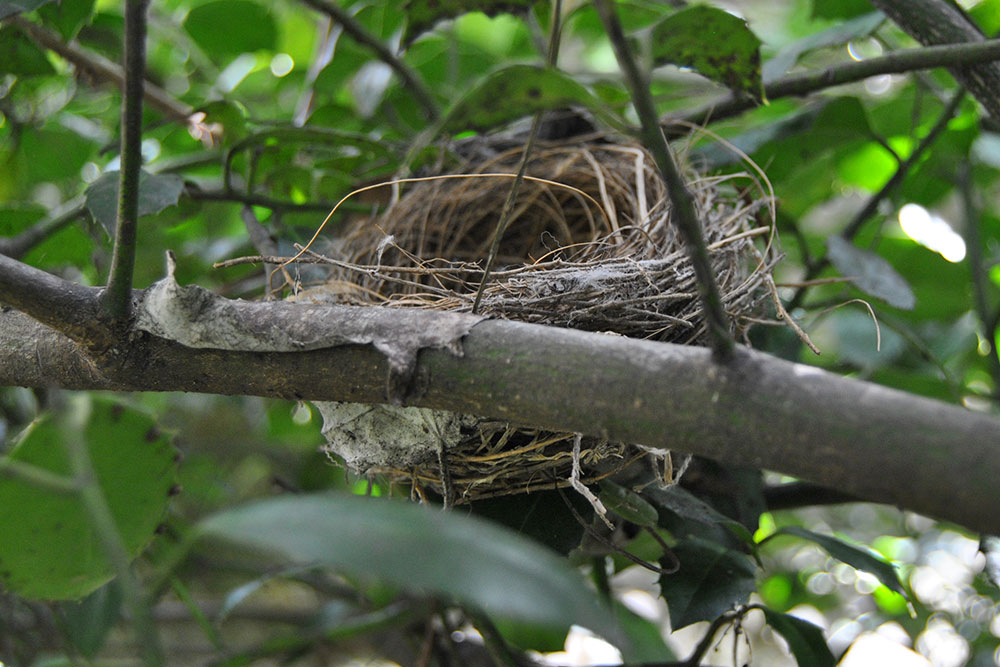
This small greyish bird appears to have a small cap on its head. When the time comes for courtship, the males build a series of very simple nests in bushes or small trees, even though only one of them will be used, if they are lucky enough to attract a female. Once they have a mate, the pair completes the nest with twigs and roots intertwined with hair and grass.
Breeding period: March to July
Number of eggs (per clutch): Between 4 to 6
The common blackbird
Turdus merula
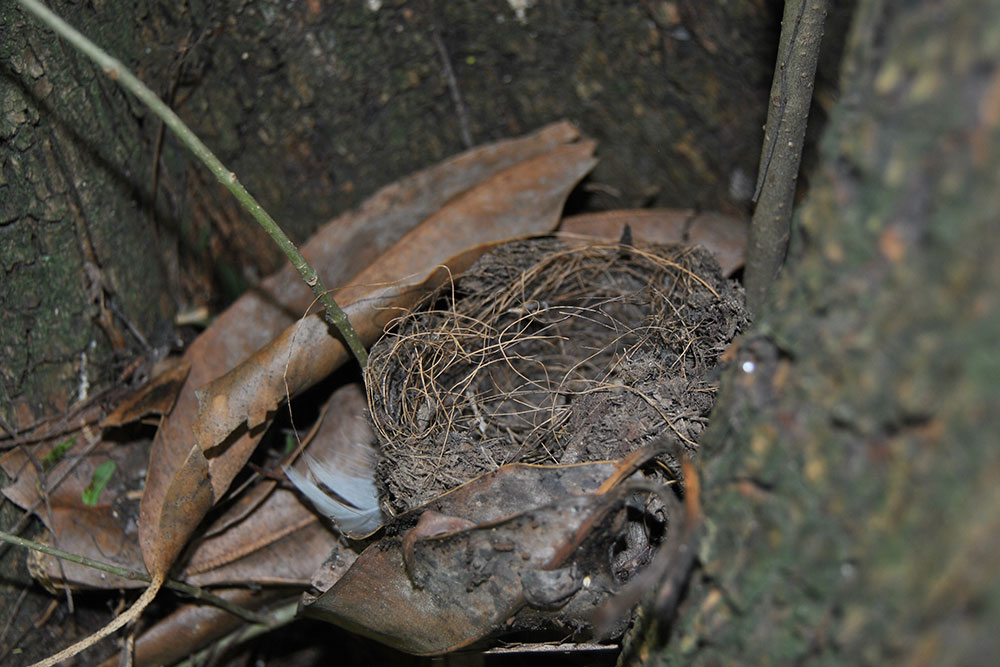
Unlike the wren, it is the females of this species which build the nest, usually in trees or bushes. Blackbirds’ nests are bowl-shaped and woven with roots, leaves and dry branches, which are then covered with mud. The males are easier to recognise, with their black feathers and orange beak, while the females are a brownish colour.
Breeding period: Februaryto July
Number of eggs (per clutch): Between 3 to 5
Mallard duck
Anas platyrhynchos
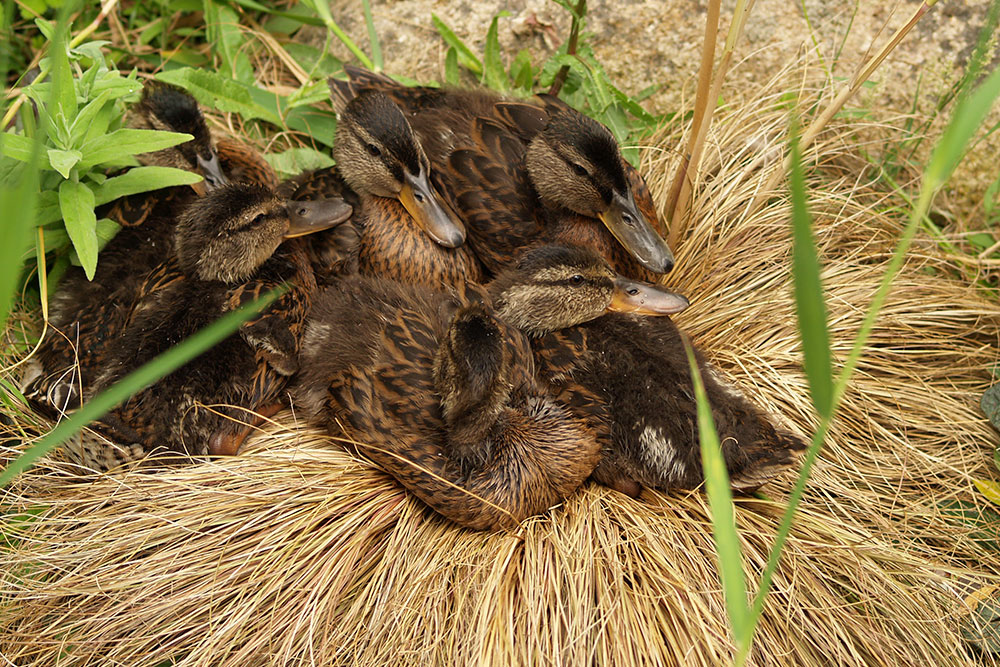
The choice of the site for the nest is made jointly by the pair. Usually the nest is built on the ground, in places close to the water and hidden by vegetation, but nests have also been found in buildings. The female, with brownish feathers, uses the natural materials around her to cover the place where her little ducks will hatch. When incubation begins, she plucks feathers from her chest to cover her eggs.
Breeding period: December to April
Number of eggs (per clutch): Between 9 to 13
The common moorhen
Gallinula chloropus

The nests of this dark-bodied waterfowl with a red and yellow beak, one of the most common species in Portugal, are made jointly by the male and the female. The nests are basket-shaped and built with branches directly above the water or in the vegetation at a height of around one metre. They are fierce defenders of the territory around their nests.
Breeding period: March to August
Number of eggs (per clutch): Between 5 to 9
